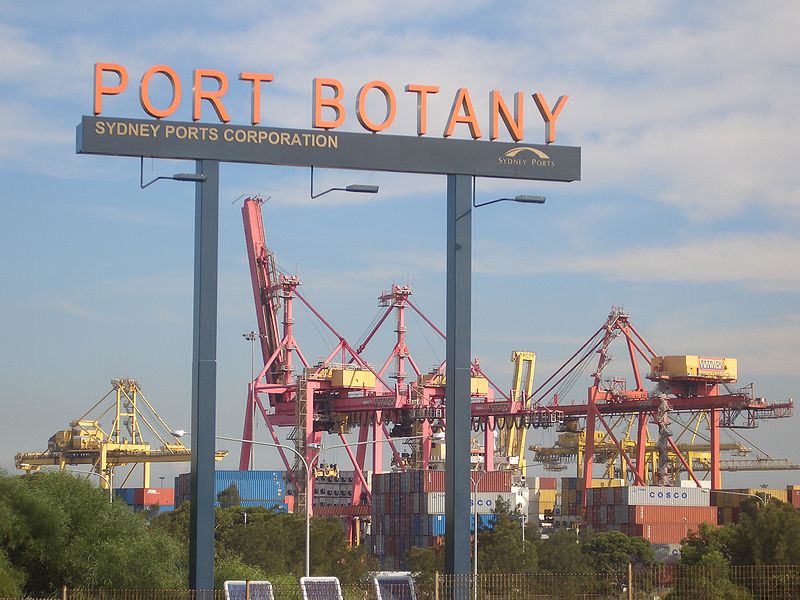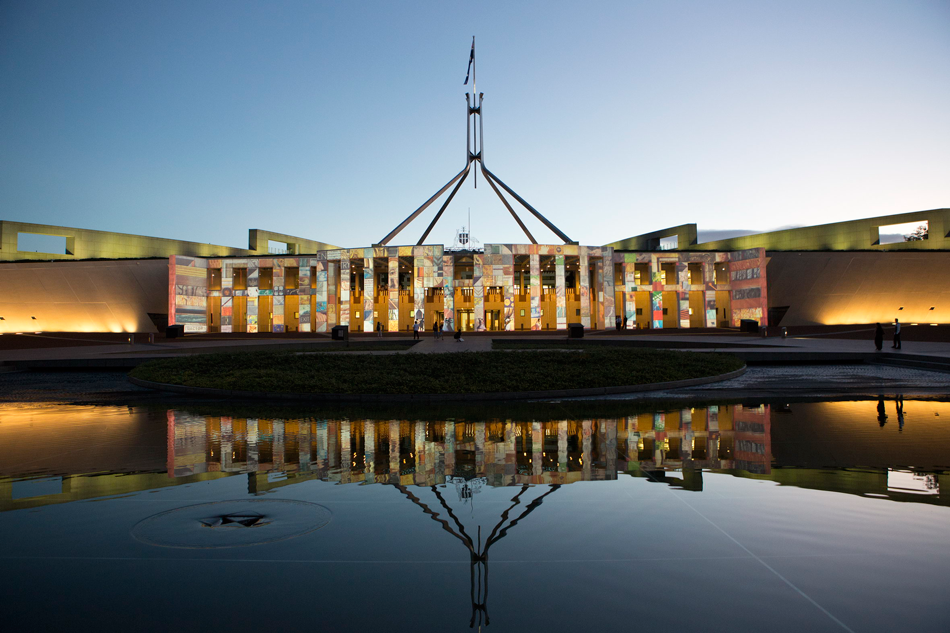The China-Australia Free Trade Agreement (ChAFTA) was signed in Canberra on 17 June by Australian Minister for Trade and Investment, the Hon. Andrew Robb AO MP, and the Chinese Commerce Minister, Mr Gao Hucheng.Before the treaty comes into formal effect, however, both Australia and China must complete their domestic treaty-making processes.
For Australia, an important part of the process is the scrutiny of the treaty through Inquiries held by the Joint Standing Committee on Treaties. The Committee met on 31 July in Sydney and will meet further in Canberra this week to consider the ChAFTA. Public submissions to this inquiry closed on 24 July and the committee is chaired by Liberal MP, Wyatt Roy.
The ChAFTA is expected to eliminate or significantly reduce tariffs on a wide range of Australian exports including on beef, dairy, sheep meat, wine, and horticulture, energy and resource products. It also delivers China’s best services commitments to date, including the provision of new and improved market access for financial, legal, education and health and aged care services. China has been Australia’s largest trading partner since 2007, with two-way trade valued at almost $160bn in 2013-14.
The successful ratification of ChAFTA will be a significant milestone for the Government given the tough negotiations surrounding the Trans-Pacific Partnership (TPP). Access for Australian dairy in Canada, sugar in the United States and intellectual property rights for American pharmaceuticals have stalemated negotiations. Jennifer Westacott, of the Business Council of Australia, has begun calling publicly for the expeditious ratification of the ChAFTA in the wake of stalled TPP negotiations.
It is expected bilateral trade deals such as those with Japan, South Korea and China will provide faster economic growth for Australia the TPP. This is particularly notable when considering these three countries represent $30bn more in trade to the Australian economy than all TPP countries together.
Two-way trade – a snapshot
- The top Australian exports currently to China, including their value to the Australian economy, are:
- Iron ores and Concentrates, which are worth $57bn
- Coal, worth $9.3bn
- Gold, which is worth $8.1bn
- Education, which amounts to $4.1bn; and
- Copper, which contributes $2.1bn to the Australian economy.
- The top imports from China are currently:
- Clothing
- Telecommunications equipment
- Furniture, mattresses, and cushions; and
- General consumer goods, such as toys and sporting equipment.
Political opposition to the ChAFTA
Unions have mounted a campaign against the ChAFTA, suggesting the deal will enable China to import its own workers.
The deal removes labour-market testing for the 457 visa program, potentially giving Chinese companies the ability to expedite semi-skilled workers to work on Australian projects, which the Unions claim will result in skilled Australian workers missing out on jobs to their Chinese counter-parts.
The CFMEU has also cited the removal of skills assessment for 10 occupations, including electricians, under the 457 program as possibly creating hazards when work is performed below Australian standards.
The Government counters these arguments by pointing out that Chinese workers will now simply come under the same regulatory category as workers with qualifications from countries such as the UK, the US, Canada, and Germany.
Potential outcomes for agribusiness
Agricultural products, including those from fisheries, exported to China are worth over $9bn to the Australian economy. The ChAFTA seeks to change the following:
Dairy: all tariffs on Australian dairy products will be eliminated within four to 11 years. This includes an elimination of the 15 per cent tariff on infant formula and the 10-19 per cent tariff on ice cream, lactose and casein, both within four years.
Meat produce:
- Beef: tariffs (currently ranging from 12-25 per cent) will be eliminated within nine years of the ChAFTA taking effect
- Sheep and goat meat: tariffs on all sheep and goat meat (ranging from 12-23 per cent) will be eliminated within eight years
- Pork: all pork tariffs (up to 20 per cent) will be eliminated within four years
- Hides and Skins: tariffs of five to 14 per cent on hides and skins including, sheepskin, cowhide and kangaroo hides and skins, will be eliminated within two to seven years
Seafood: tariffs on all seafood exports will be eliminated within four years. This includes elimination of the 14 and 15 per cent tariffs on fresh abalone and rock lobster, respectively, within four years.
Wine and Spirits: tariffs of 14 and 20 per cent on wine and tariffs up to 65 per cent on alcoholic beverages and spirits will be eliminated within four years.
Horticulture: tariffs on all fruit, vegetables and nuts, ranging up to 30 per cent, will be eliminated, mostly within four years.
Barley and Sorghum: the three per cent tariff on barley and two per cent tariff on sorghum will be eliminated on entry into force.
Wool: Australia will receive an exclusive duty-free quota of 30,000 tonnes clean wool, which will grow by five per cent each year to 44,324 tonnes (clean) in 2024. This is in addition to the already existing quota of 287,000 tonnes (on which is imposed a tariff of one per cent).
Potential outcomes for energy, mining and manufacturing industries
In 2013-14, over one third of Australia’s total exports to China comprised resources, energy and manufacturing products, equating to over $90 billion of value to the Australian economy. Key outcomes from the ChAFTA will include:
- Coking coal: three per cent tariff eliminated on entry into force of the ChAFTA
- Thermal coal: six per cent tariff eliminated within two years
- Alumina: eight per cent tariff eliminated on entry into force
- Aluminium (unwrought): five and seven per cent tariffs eliminated within four years
- Nickel (mattes and oxides): three per cent tariff eliminated on entry into force
- Zinc (unwrought): three per cent tariff eliminated on entry into force
- Titanium dioxide and titanium white (for paint): six and a half and 10 per cent tariffs eliminated within four years
- Orthopaedic appliances and hearing aids: four per cent tariff eliminated on entry into force
- Car parts and engines: 10 per cent tariff eliminated within four years
- Centrifuges: 10 per cent tariff eliminated within four years
- Plastic products: six and a half to 14 per cent tariffs eliminated within four years
- Precious stones – including opals: three and eight per cent tariffs eliminated within four years
- Pearls: 21 per cent tariff eliminated within four years
A zero-tariffs agreement for iron ore, gold, crude petroleum and liquefied natural gas will also be implemented, opening up significant opportunities for growth in current levels of exports. This may, however, have consequences for domestic supply and consumer pricing.



